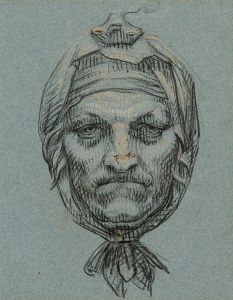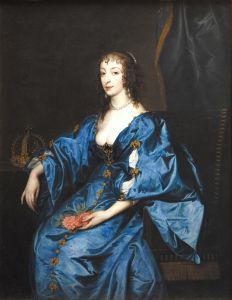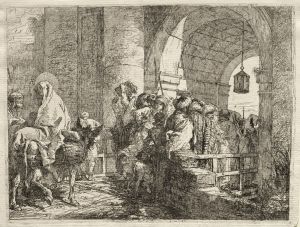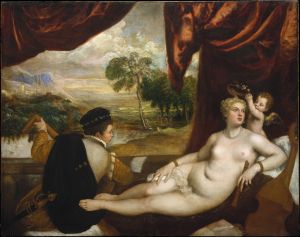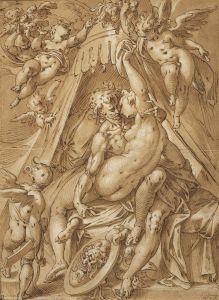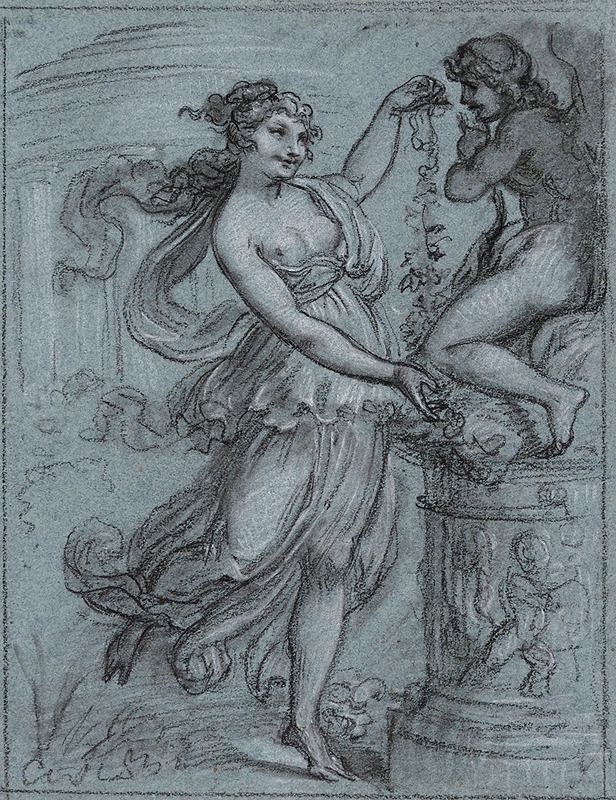
Vénus couronnant l’Amour
A hand-painted replica of Pierre-Paul Prud'hon’s masterpiece Vénus couronnant l’Amour, meticulously crafted by professional artists to capture the true essence of the original. Each piece is created with museum-quality canvas and rare mineral pigments, carefully painted by experienced artists with delicate brushstrokes and rich, layered colors to perfectly recreate the texture of the original artwork. Unlike machine-printed reproductions, this hand-painted version brings the painting to life, infused with the artist’s emotions and skill in every stroke. Whether for personal collection or home decoration, it instantly elevates the artistic atmosphere of any space.
"Vénus couronnant l’Amour" (Venus Crowning Love) is a painting by the French artist Pierre-Paul Prud'hon, completed in 1824. Prud'hon, born in 1758, was a prominent figure in the Neoclassical movement, known for his delicate and graceful style that often incorporated elements of Romanticism. His works are characterized by their soft, ethereal quality and often feature mythological and allegorical themes.
The painting "Vénus couronnant l’Amour" depicts the Roman goddess Venus, the embodiment of love and beauty, crowning her son Cupid (Amour in French), the god of desire and affection. This subject is a common theme in classical art, symbolizing the triumph of love and beauty. In the painting, Venus is shown placing a laurel wreath on Cupid's head, a gesture that signifies honor and victory. The scene is imbued with a sense of tenderness and intimacy, highlighting the close bond between the divine mother and her child.
Prud'hon's use of light and shadow in "Vénus couronnant l’Amour" is particularly notable. The soft, diffused lighting creates a dreamlike atmosphere, enhancing the painting's romantic and idealized quality. The figures are rendered with a delicate touch, their forms softly modeled to convey a sense of grace and fluidity. The composition is balanced and harmonious, with Venus and Cupid positioned centrally, drawing the viewer's eye to their interaction.
The background of the painting is relatively simple, allowing the figures of Venus and Cupid to stand out prominently. Prud'hon often employed this technique to focus attention on the main subjects of his works. The drapery and textures are meticulously detailed, showcasing Prud'hon's skill in rendering different materials and surfaces.
"Vénus couronnant l’Amour" reflects Prud'hon's admiration for classical antiquity and his ability to infuse classical themes with a sense of romantic sentiment. His work was highly regarded during his lifetime, and he received numerous commissions from prominent patrons, including Napoleon Bonaparte and Empress Joséphine. Prud'hon's influence extended beyond his own time, impacting later artists who admired his unique blend of Neoclassical precision and Romantic emotion.
Today, "Vénus couronnant l’Amour" is housed in the Louvre Museum in Paris, where it continues to be admired by visitors from around the world. The painting is an excellent example of Prud'hon's mastery of technique and his ability to convey complex emotional narratives through his art. It remains a significant work within the canon of Neoclassical painting, illustrating the enduring appeal of mythological subjects and the timeless beauty of Prud'hon's artistic vision.









